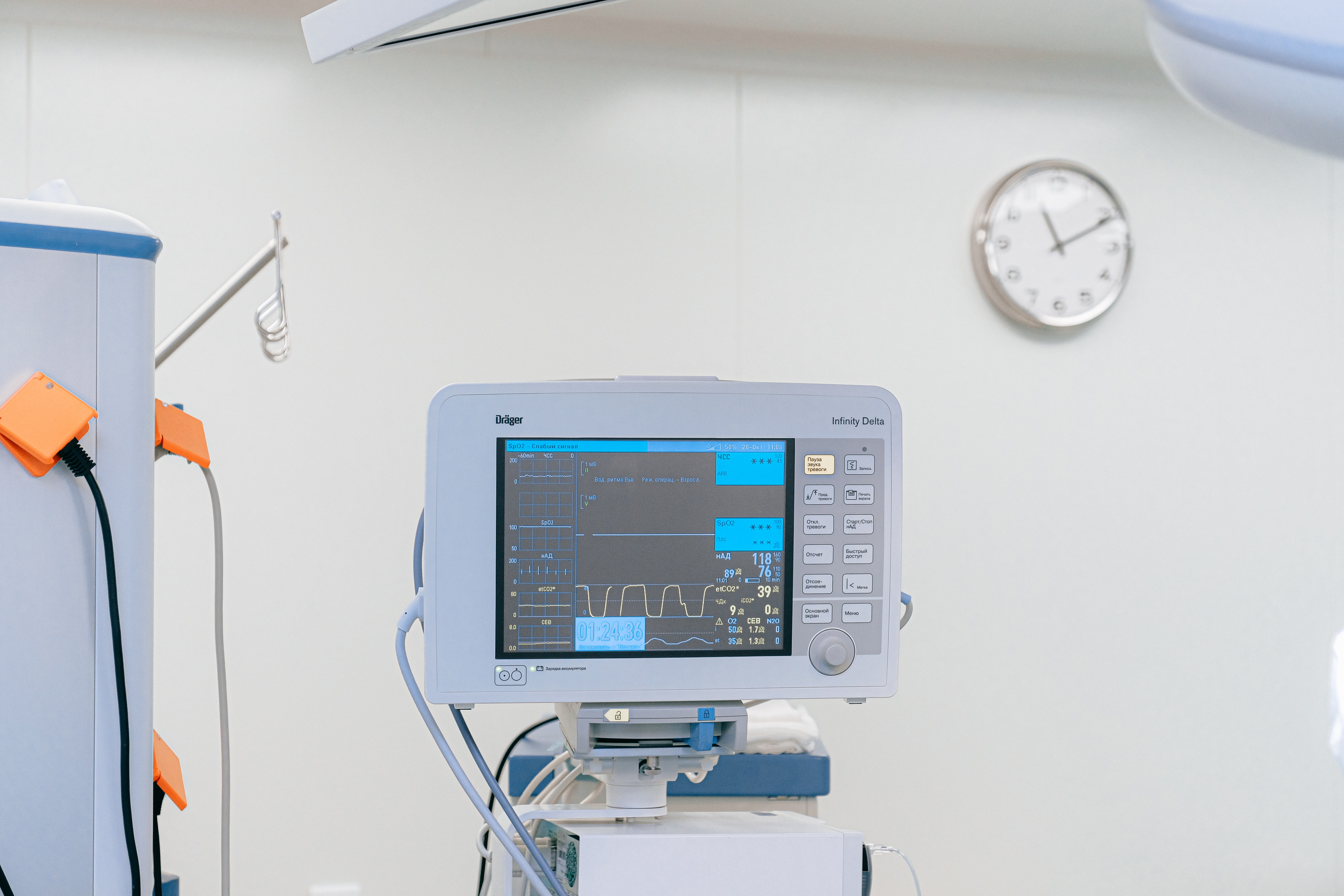A new study has found that one in four heart attack patients experience atypical symptoms and therefore are less likely to seek medical attention.
Researchers in Denmark also found that women are more likely to experience atypical symptoms associated with a heart attack, meaning they are less likely to receive emergency help, and more likely to die within 30 days.
The atypical symptoms include breathing difficulties, extreme exhaustion, and abdominal pain.
Study author Ms. Amalie Lykkemark Møller said patients who experience chest pain as a specific primary symptom were significantly more likely to receive an emergency dispatch.
“Taken together, our results show that heart attack patients with chest pain were three times more likely to receive an emergency ambulance than those with other symptoms,” she said.
“This suggests that patients were unaware that their symptoms required urgent attention.”
The study also find that atypical symptoms were most common among older people and especially women.
Over the last decade, Australian women have been made more aware of the warning signs of heart attacks. According to the Jean Hailes institute, “more women die from heart attacks in Australia than men and often the reason is because they don’t seek help fast enough.”
According to data compiled by the Victor Chang Cardiac Research Institute, more women die due to heart disease than breast cancer, and approximately 10 women die every day due to heart attack.
Queensland Health has launched a campaign to raise awareness about the different symptoms experienced by men and women. Men commonly experience chest pain or discomfort, shortness of breath, nausea, arm pain, cold sweats, dizziness, and back, neck, and shoulder pain. Whereas women may experience: back, neck or jaw pain, burning in the chest, chest discomfort, dizziness, vomiting, nausea, fatigue, vomiting, lightheadedness, shortness of breath, sweating, and stomach or arm pain.
Photo: Heart Rate Monitior by Anna Shvets available HERE: https://www.pexels.com/photo/heart-rate-monitor-3845129/ Commons Attribution. The image has not been modified.








